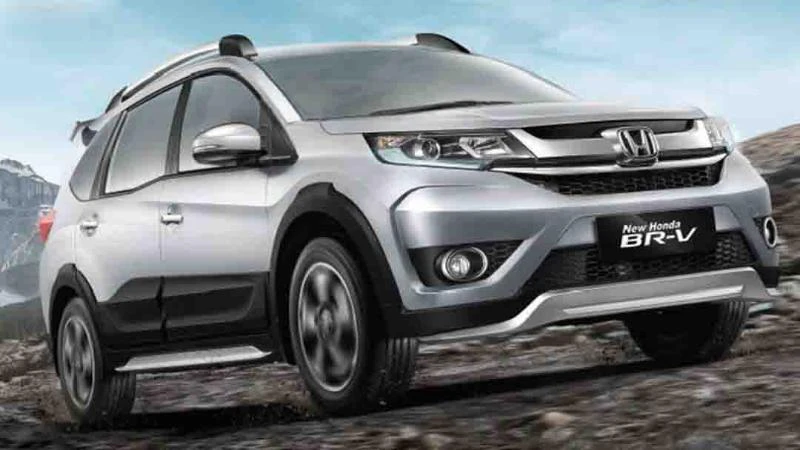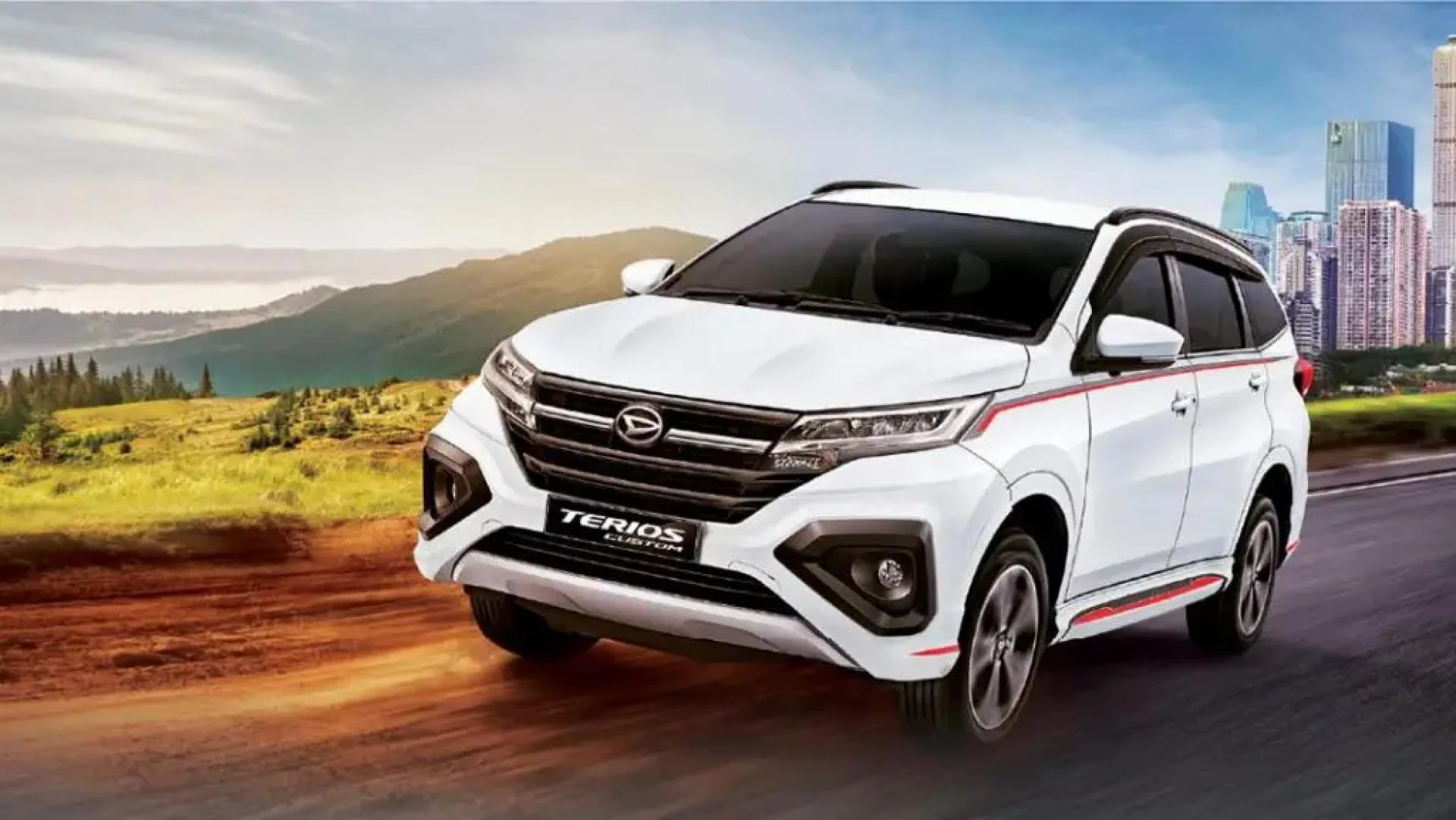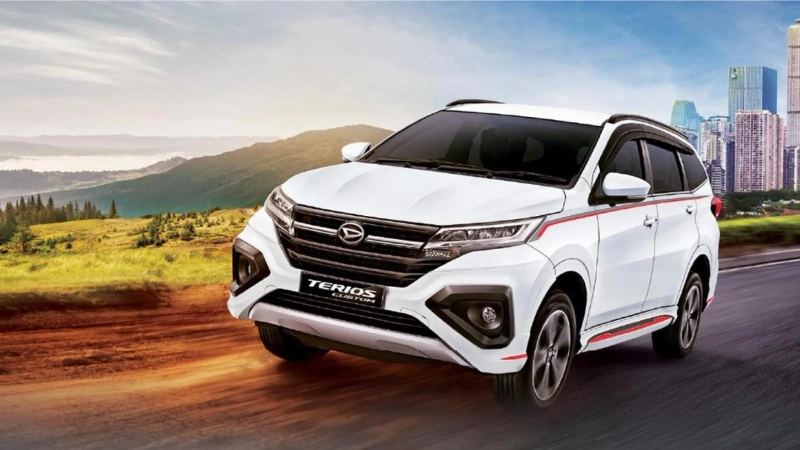New Honda BR-V is the third model born from the development of Honda Research and Development (R&D) Asia Pacific Co Ltd (HRAP), Thailand and Honda Indonesia\'s R&D division. The front fascia of the Honda BR-V reflects the tough character and premium accents of an SUV.
New Honda BRV is available in 4 variants. The price of a Honda BRV car ranges from Rp. 251 million to Rp. 294 million. This is the price of the Honda BRV 2020.
The New Honda BRV uses an engine with the same capacity as when it was first launched, which is 1.5 liters. This SUV is equipped with a CVT (Continuous Variable Transmission) type automatic transmission which has a smooth driving character.
The Honda BR-V is still equipped with a 1.5 liter i-VTEC engine that produces a maximum power of 118 hp at 6,600 rpm and a maximum torque of 145 Nm at 4,600 rpm. With 201 mm High Ground Clearance, New Honda BRV riders are more confident in driving in various road conditions.
Fuel consumption for Honda BR-V
Several national automotive media have tested the Honda BR V in a test drive session. Kompas.com once tested this car as far as 236 kilometers from Cirebon to Pekalongan. The result is an average consumption of 9.8 km / liter.
On another occasion, testing taking the Jakarta route to Garut resulted in an average fuel consumption of 11.4 km / liter. Meanwhile, the Detik Oto team managed to record 13 km / liter for the same route.
[caption class="snax-figure" align="aligncenter" width="1140"] [/caption]
[/caption]
As another comparison, Otodriver recorded fuel consumption of 8.8 km / liter on the 112 kilometer trip from Semarang to Jepara. Testing some of these media is difficult to be used as a definite benchmark for how to describe the fuel consumption of the Honda BR-V in mountainous conditions or on highways.
The trip from Jakarta to Pekalongan should have been the most economical because it was dominated by toll roads and horizontal roads. However, the New Honda BRV proved even more economical when passing the winding roads typical of the southern route to Garut.
Comparing Fuel Consumption of Honda BR-V with Daihatsu Terios
The Daihatsu All New Terios is an enhancement for the 4X2 SUV that combines the ability to bulldoze damaged roads and is comfortable for everyday wear. Speaking of toughness, Daihatsu has always proven Terios\' ability in the Daihatsu Seven Wonders event, which tortured Terios to remote parts of Indonesia.
This Daihatsu Terios car has a total of 7 variants. The price of the latest Daihatsu New Terios is priced at Rp. 212 million to Rp. 265 million. This is the price of the latest Terios car in 2020.
[caption class="snax-figure" align="aligncenter" width="1140"] [/caption]
[/caption]
The new Terios car has a twin that comes from a different parent, namely the Toyota Rush. The Toyota Rush Indonesia car has a total of 4 variants. The price of the latest Toyota Rush Indonesia ranges from IDR 255 million to IDR 275 million. This is the latest Rush price 2020.
Daihatsu equips the new Terios car with a brand-new 2NR-VE Dual VVT-i engine with a capacity of 1.5 liters. The engine is also used on the Daihatsu Xenia or Toyota Avanza and Toyota Rush, which is a 4-cylinder DOHC configuration.
The All New Terios engine actually produces a smaller output than the previous one, which is 103 hp with a peak torque of 136 Nm. Even though the previous generation New Terios was more powerful, namely 105 hp with a peak torque of 141 Nm.
According to Daihatsu, the reduction in power is a result of the new engine, which is claimed to be more fuel efficient by 20 percent to 30 percent. The test results of several national automobiles during the media drive in West Sumatra in early 2018 recorded an average fuel consumption of around 9.3 to 11.2 km / liter for the automatic transmission type.
Unlike the Honda BR-V, the new Terios car is still supported by a rear-wheel drive system. This old school specification is maintained by Daihatsu because it has proven its toughness. Daihatsu considered that rear-wheel drive is more capable of gobbling up a fairly difficult incline than rear-wheel drive.
Conclusion
Both the Honda BR-V and Daihatsu Terios are ideal for daily use, and are tough enough to take out of town. Of these two models, the Honda BR-V is a little more economical than the Daihatsu Terios All New.
But keep in mind, the notes above cannot be used as an official reference. Because the test is carried out in different fields with different driving characteristics of the driver.
Uniquely, the fuel consumption of the BR-V is even more economical when the car passes through mountain roads rather than flat roads or toll roads. The fuel consumption of Honda\'s flagship SUV is quite a distance between the horizontal and winding mountain routes.
Unlike the case with the Daihatsu Terios All New, the fuel consumption of this SUV is quite standard for cars with 1,500 cc engines. The difference is not far enough and sufficient to describe the performance of the engine on various roads.
The calculation of the fuel consumption is measured based on MID (Multi Information Display) information. The test may also use different types of fuel under different vehicle weight conditions.


